Its a collection of images of the Vergina Sun
The Sun of Vergina is a symbol that was widely used by Ancient Greeks.
Although it is a Panhellenic Symbol, it became famous because of the Macedonians, who were using it as Symbol of the Argead Dynasty-the Royal house of Macedon:
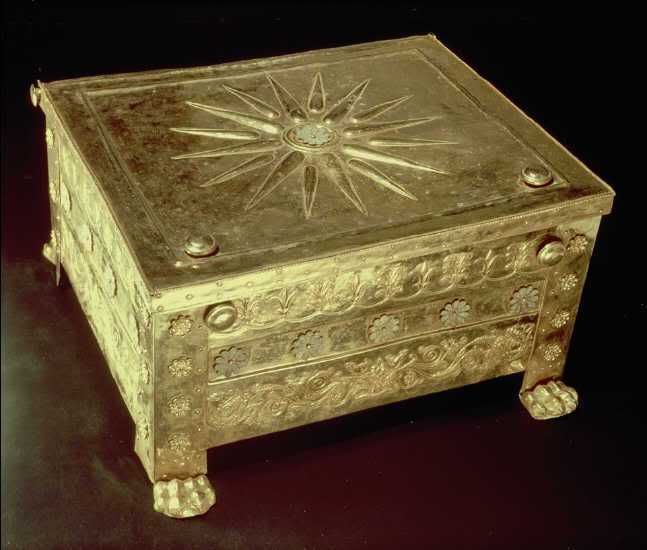
The typical Sun of Vergina is a 16-pointed Sun. It can also be found in other styles: 12-pointed or 8-pointed.
What was the meaning of this symbol??
--In the typical 16-pointed Sun , the 4 rays represent the 4 elements: Earth-Ocean-Fire-Air.
The other 12 rays represent the 12 Gods of Olympus.
You can see the explanation in the following animation :

--In every form, the Sun of Vergina symbolized Virginity: Goddess Athena was a Virgin, so this Sun was associated with her.
We can also find this symbol associated with Apollo.
--All the versions (16,12 and 8-pointed Sun) are associated with another famous Greek symbol, the "Delphian Epsilon", symbol of Apollo:
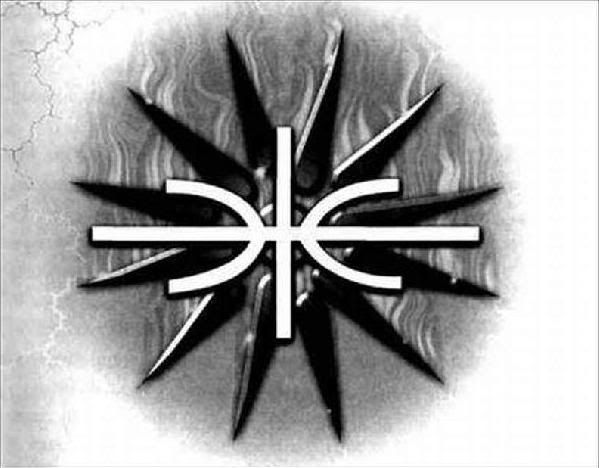
The Sun of Vergina became common art design in coins, craters, wall-drawings etc LONG BEFORE the Macedonian royal house (the Argead Dynasty) used it.
After the unification of the Greek (Hellenic) nation under the leadership of Alexander the Great, the Sun of Vergina became the symbol of the Hellenic Ethnogenesis.
In the following replies, you will be able to see some pieces of Ancient Greek art containing the Sun of Vergina, BEFORE THE RISE OF THE GREEK KINGDOM OF MACEDONIA. These sun symbols are found in various Greek places, apart from Macedonia.
Moreover, there will be a small historical flashback, in order to see the evolution of this symbol throught the ages :
2000 BC: This is the time where ancient Greeks first started using the Sun symbol.
It was not standardized yet, it was a early form of the Sun of Vergina:
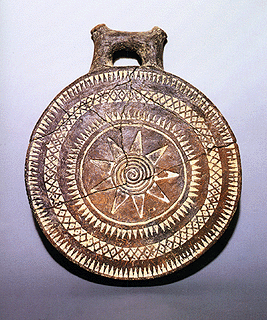
780BC: The Sun of Vergina has been standardized. The following art work shows the destruction of Troy. We can clearly see the Sun symbol in the warrior's hump.
It was found in Mykonos island :
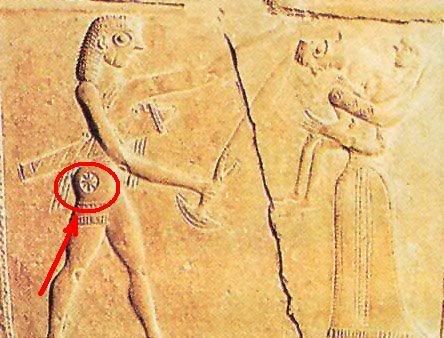
The following images are just a small sample, showing the wide usage of the Sun of Vergina in Greek Art:
Spartan Hoplite 780 BC:

Spartan Amphoreus of 6th Century BC-Museum of Louvre:
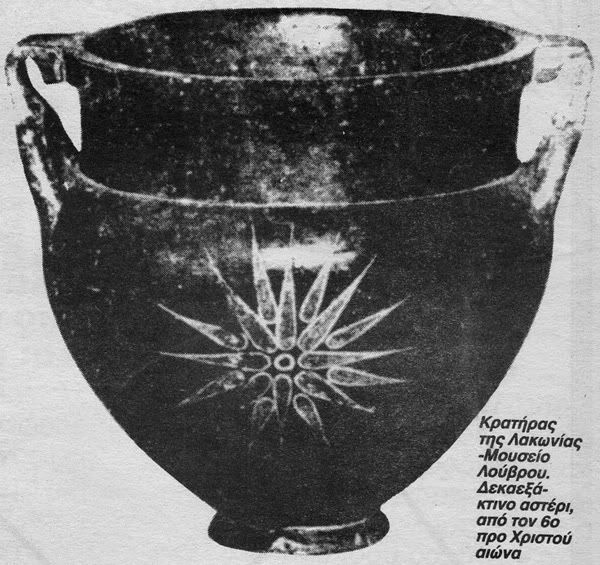
Achilles and Ajax playing dice-6th century BC:
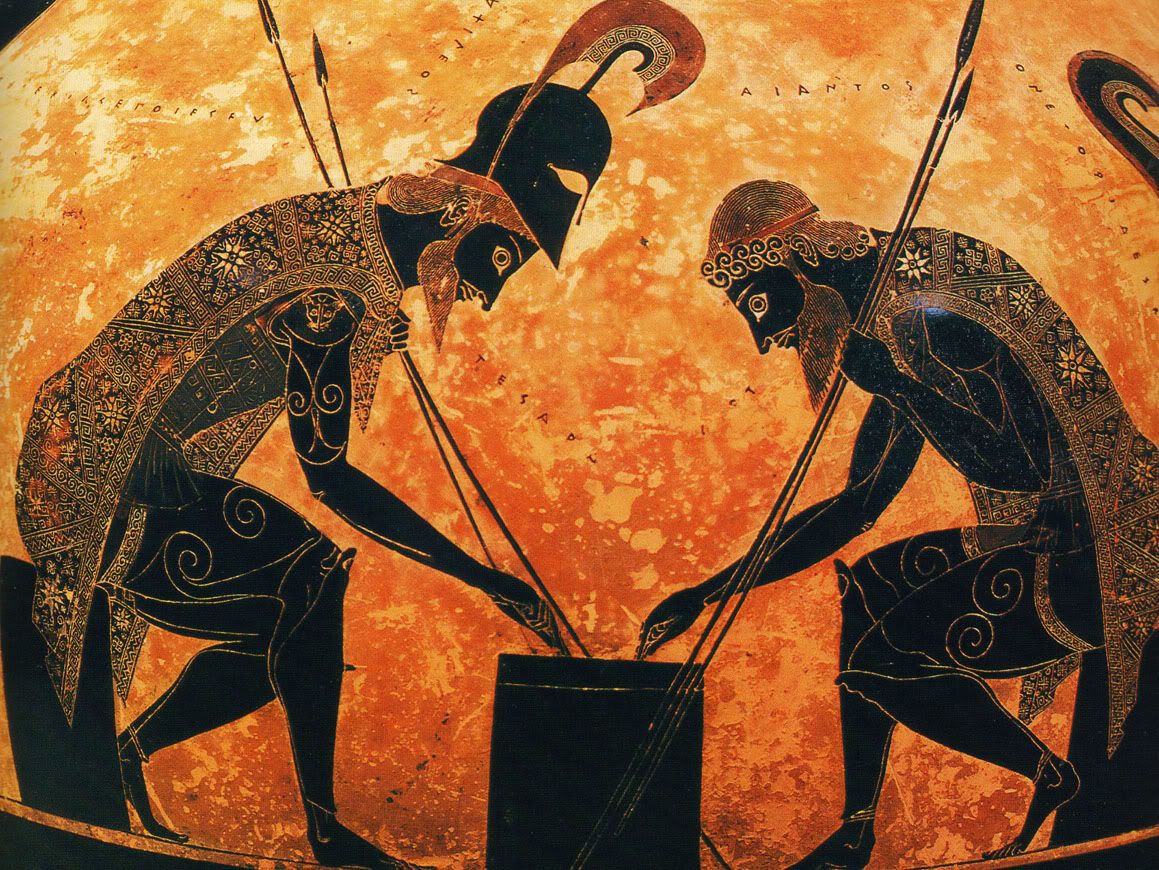
The return of Hephestus- 560 BC:
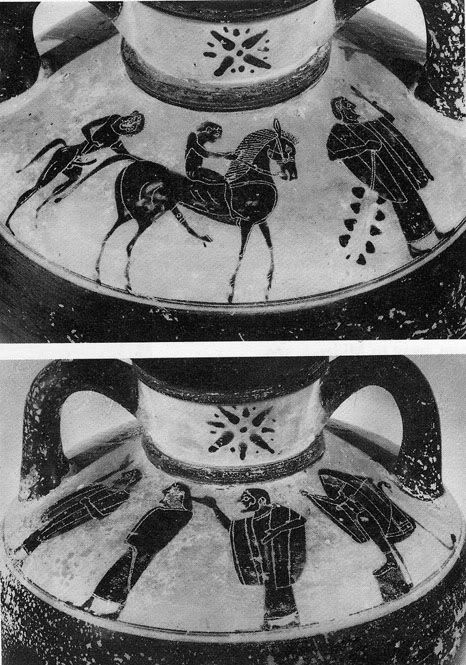
Athena and Hermes- 540 BC
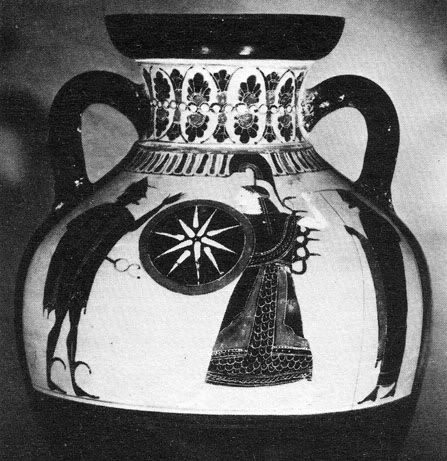
Heracles and Lernaia Hydra- 525 BC:
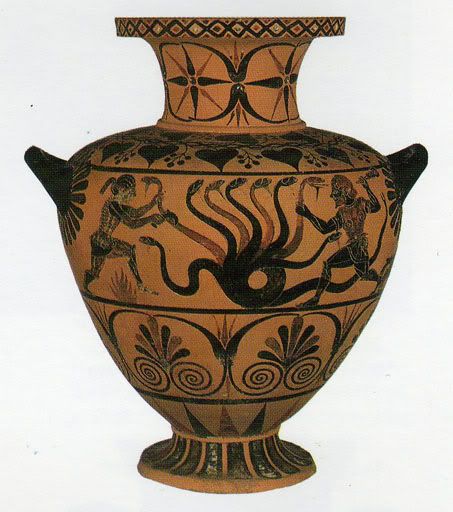
Oddyseus blinds the Cyclop, Magna Grecia- 520 BC:
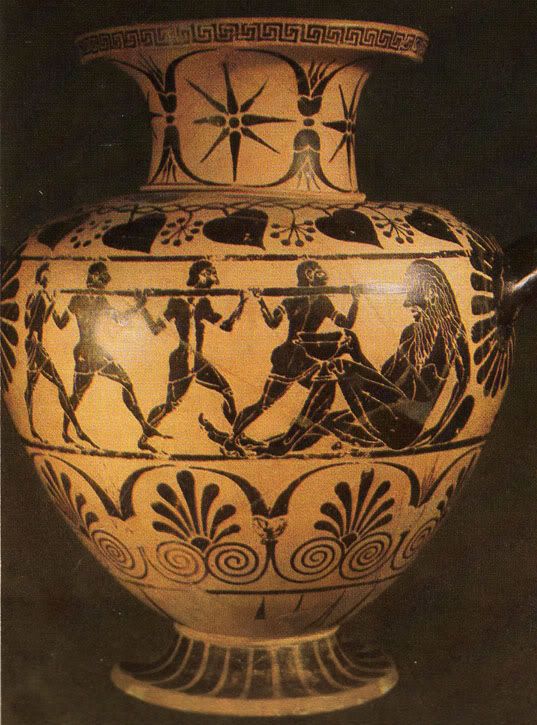
Greek Amphoreus, Magna Grecia- 500 BC
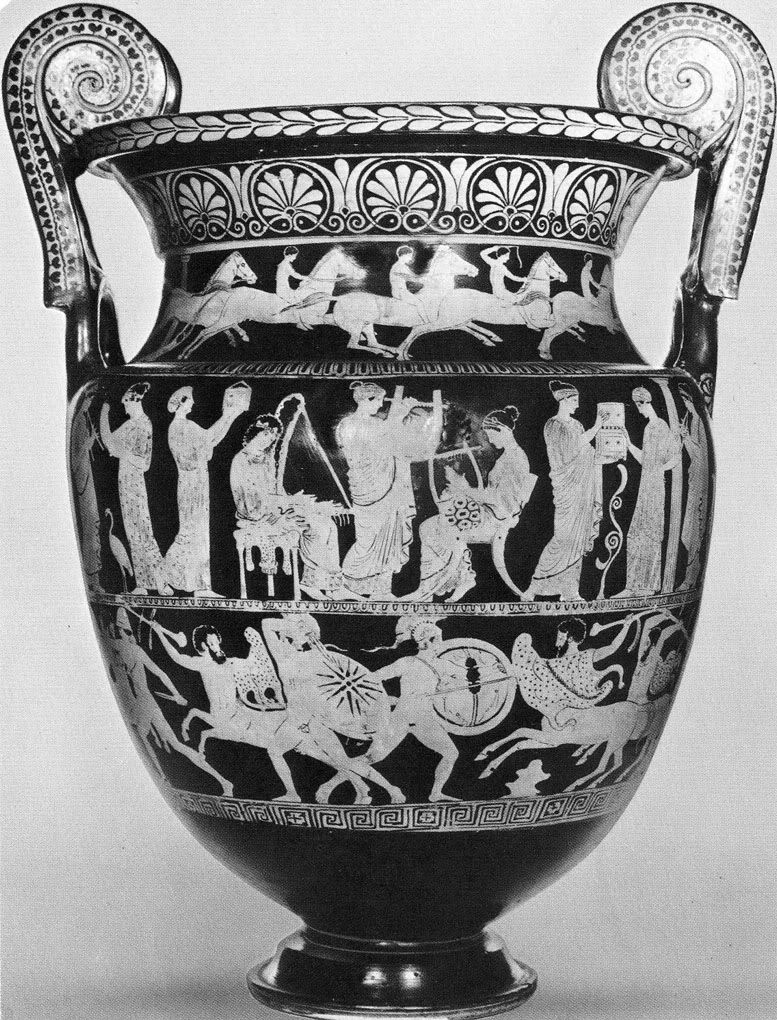
Heracles- Olympia- 500 BC:
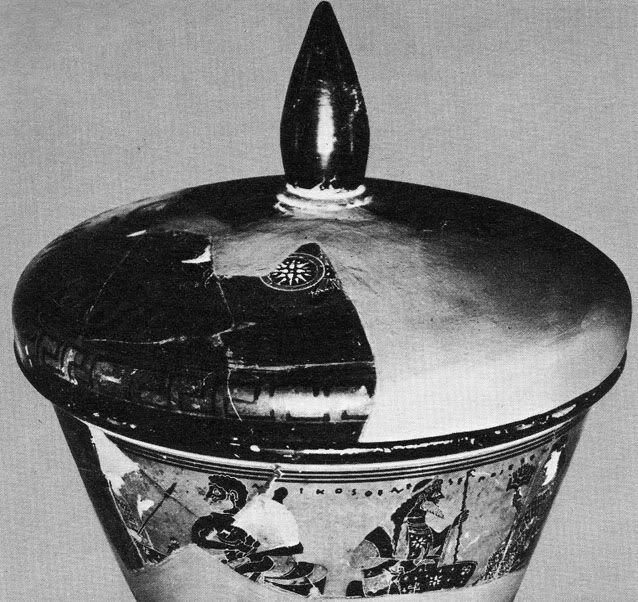
Godess Athena- 5th century BC:
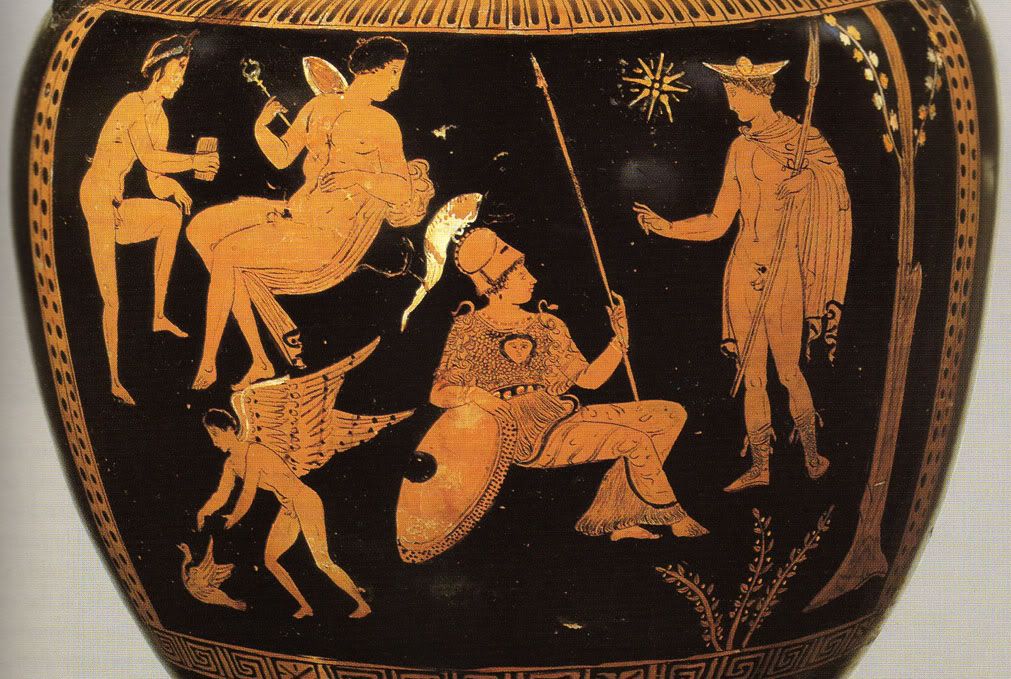
Godess Athena- 5th century BC:
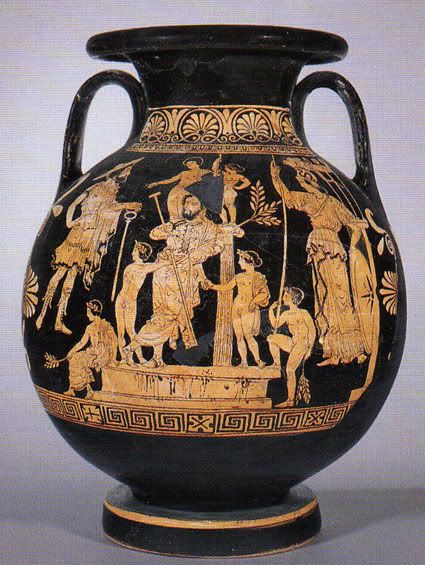
Ades-the Greek underworld- 5th century BC:
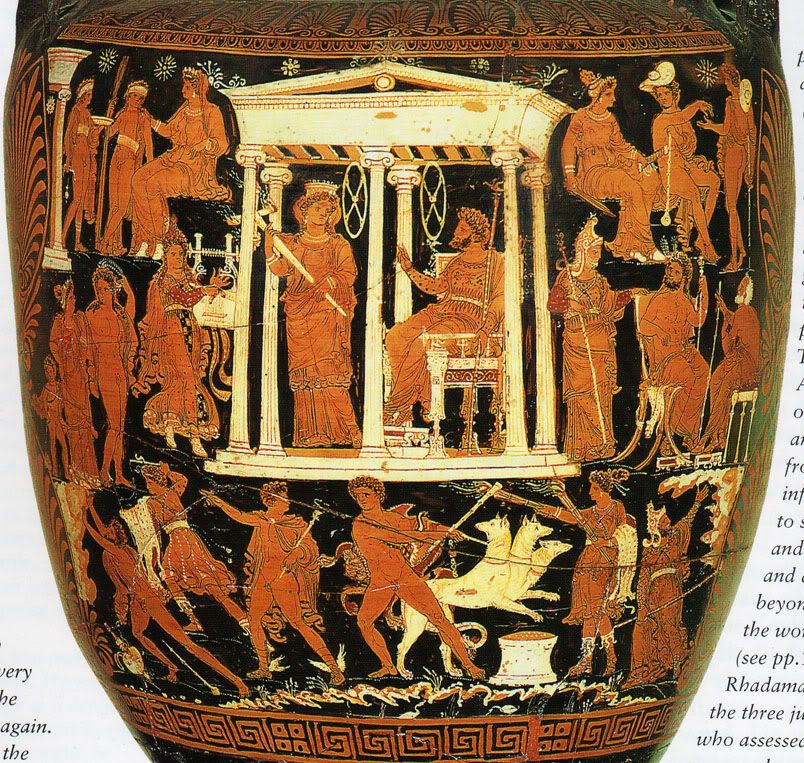
The Greek Hero Achilles, 5th century BC:
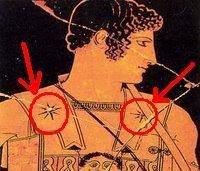
Heracles and Athena, 480 BC:
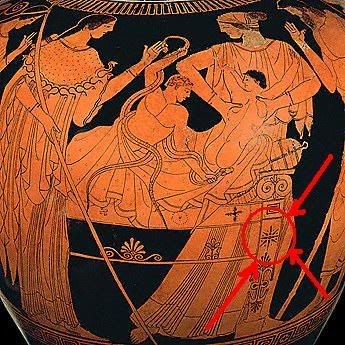
Athenian Hoplite- 480 BC:
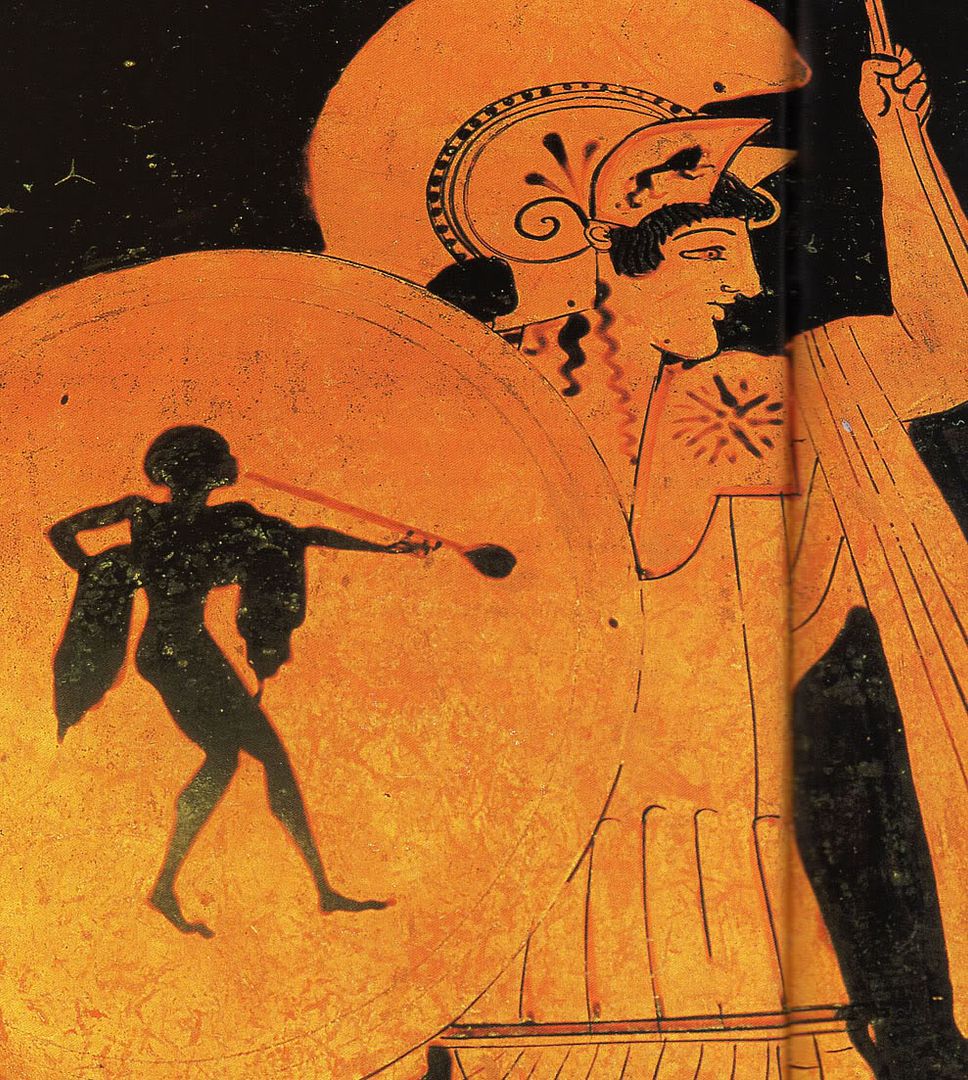
Greek hoplite departing- 450 BC
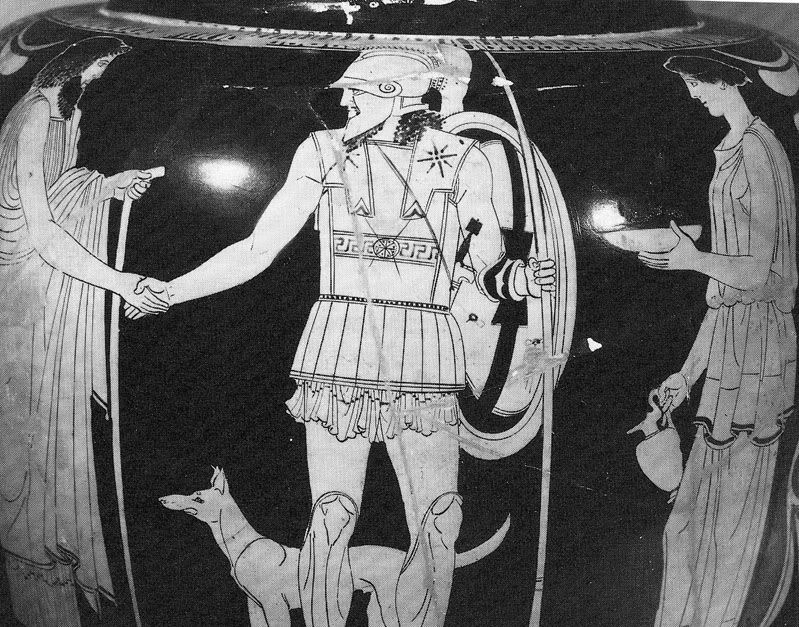
Inside the temple of Nemesis in Thamnous- 436 BC:

Ancient Greek hoplites, 400 BC Museum of Napoli:
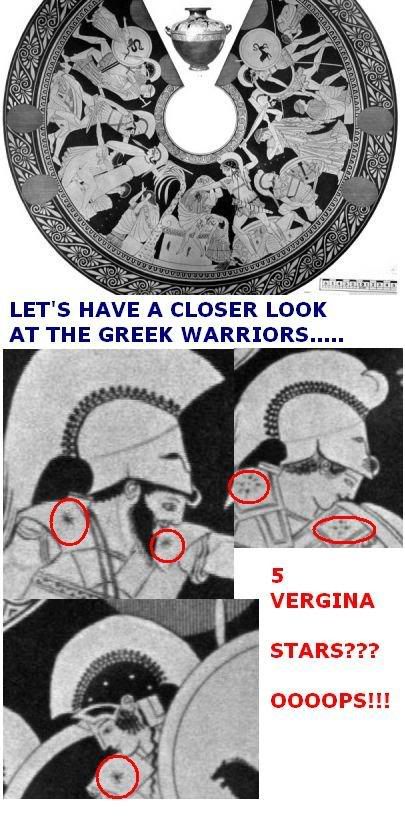
The Legent of godess Dimitra-400BC:

Canos Vase -400 BC:
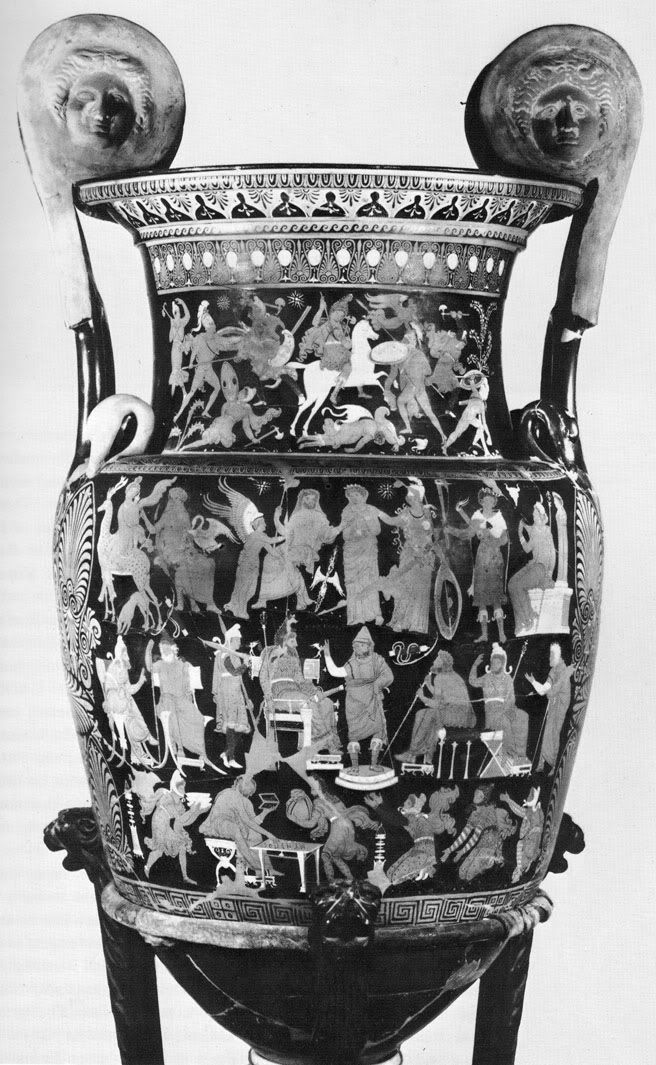
Detail of Canos Vase- 400 BC:
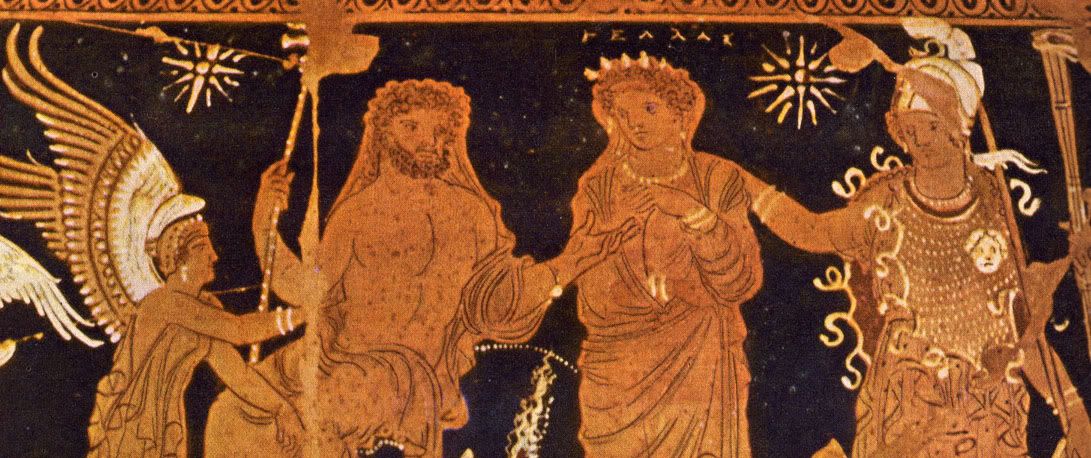
Greek Hoplite vs Persian Soldier, 4th century BC:
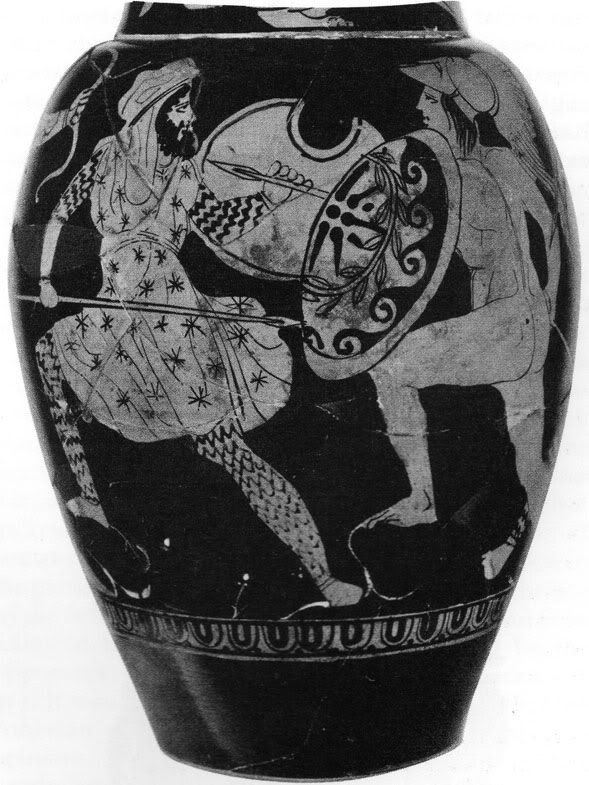
Greek Hoplite vs Persian Soldier, 4th century BC:

The Greek hero Perseus:
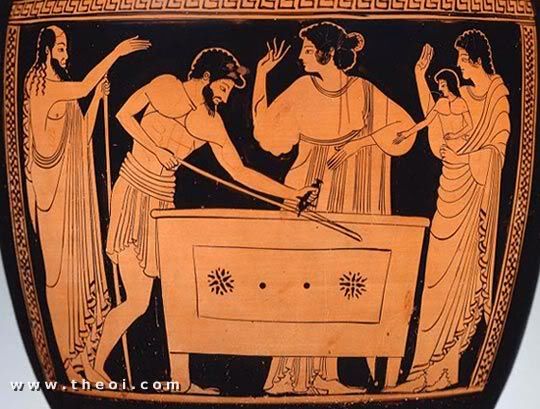
Inside the temple of Propilaia, in Acropilis:
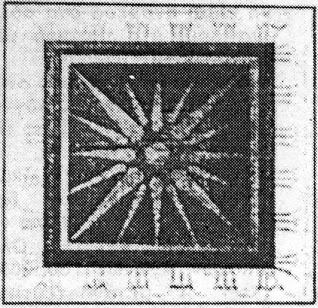
Inside Thision Temple,under the Acropolis:

Godess Athena figure 4th century BC:

Athenian Oplite,4th century BC:

Greek hoplite, 4th century BC:
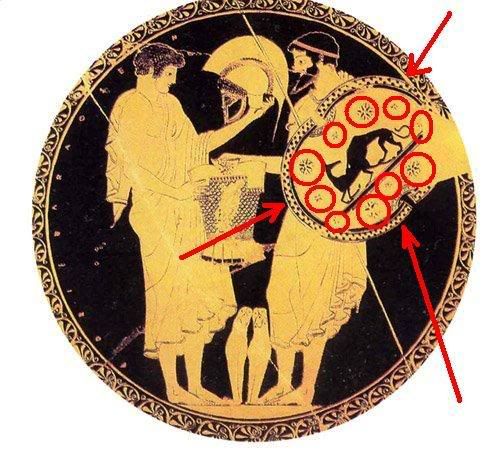
Athena and Hercules, 4th centuryBC:
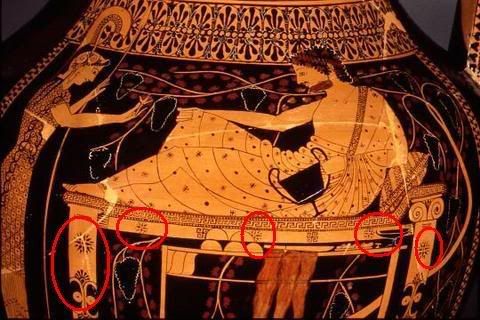
Greek coins:
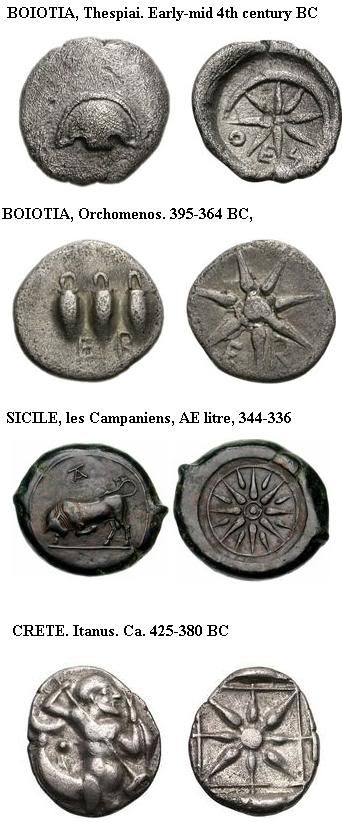
Godess Athena,4th century BC- Louvre Museum:
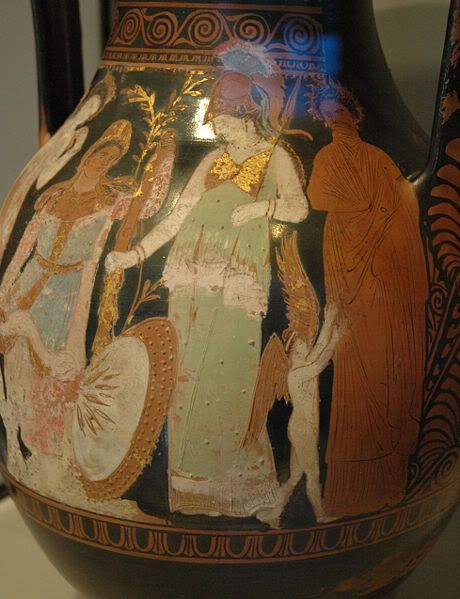
Phrixus and Elli- 4th century BC:
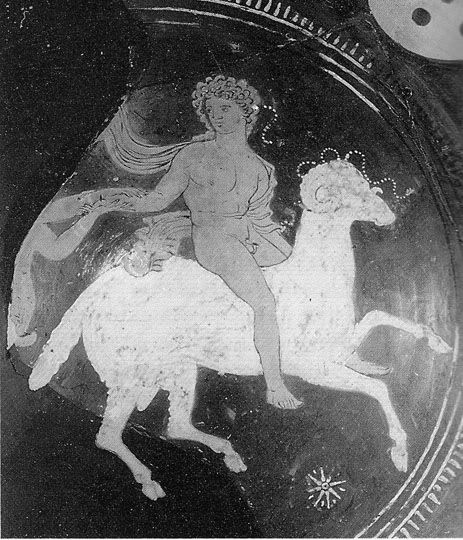
Coin of Kerkyra:
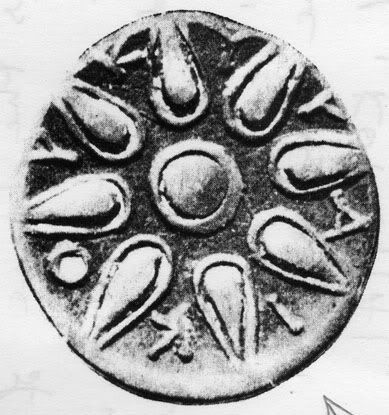
Helios(God of Sun)- Temple of Athena , Troy:
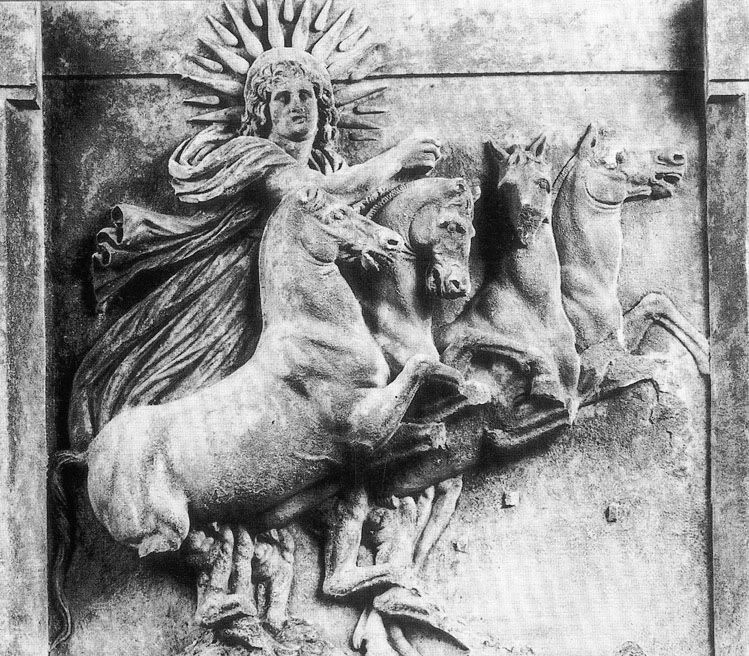
Propylaia of Elefsina: 360 BC:
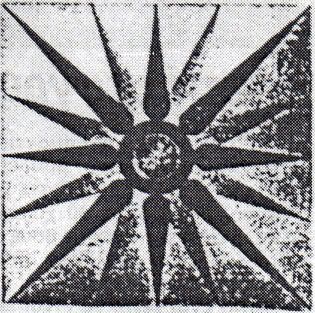
For now let me add these few Athenian samples that I detected during a brief visit to the Archaeological Museum of Athens a couple of months ago. The ceramic samples are from the fourth century BC while the epaulette is from the third century BC. Unfortunately I was (naturally) not permitted to use the flash in the museum which is why the quality of the photos is a little dodgy. The following example is another one of an apparently long list of ‘Athenas’ further cementing this deity’s association with the symbol. This one is of Athena Promachos flanked by a couple of winged Nikes:  Below are three youths in battles one of whom carries a shield emblazoned with the Sunburst:  The epaulette below answered my question about the sunbursts we so often see on the shoulders of ancient Greek armour as depicted in artwork (primarily amphorae etc). At one point I thought the depictions were simply that of some sort of stitching that happened to look like the Sunburst. Not any more:  To round off I include some more recent examples, this time from the eleventh century Greek church of Saints Anargyroi in Kastoria. In the first image we observe a sixteen-ray Sunburst ‘proudly and poignantly’ appearing on the base of the elaborate cross to which the Makedonomachoi swore an oath for their holy struggle to unite Macedonia to Greece - during the very early nineteenth century. The second image is from the same church and depicts a medieval Byzantine knight holding a tapering oval shield adorned with two eight-ray Sunbursts – the artists perhaps having been influenced by recollections of the shields of the ancient Macedonians. |
An Athenian citizen-soldier of about 450 BC. He is wearing a linen cuirass (body armour), a style which had largely replaced cuirasses made of bronze by about the middle of the 6th century BC:  At least two of the hoplites competing in the armed foot-race from a Greek amphora of the 4th century BC (below) carry shields featuring a solar episema (shield emblem). Athletic contests were held in honour of the gods at Greek festivals. The armed foot-race was a very popular event, so much so, that 25 shields were on hand at Olympia for the use of the contestants. A Panathenaic amphora by Nikomachos from the same period (not shown) likewise depicts three nude warriors racing, two of whom carry shields emblazoned with Sunbursts:  The 'Polygnotos' stamnos (445-430 BC; below) dealing with the mythical battle between Theseus and his Athenians against the invading Amazons, shows Theseus himself carrying a shield decorated with a Sunburst:  The bust of Xanthippus, who led the Athenians to victory over the Persians at Mycale (479 BC), reveals that the brow-piece of his helmet was adorned with a 16-ray Sunburst. Xanthippus was the father of Pericles, the great Athenian statesman of the 'Golden Age' of Athens:  This reproduction of a scene from a 4th century BC vase found at Ruvo, presents the familiar tale of Jason and the Golden Fleece. Jason is about to spear the dragon guarding the prized fleece. Herakles makes an appearance and swings his trademark club while Medea stands nearby and is in the process of lulling the dragon to sleep with her sorcery. One of Jason’s companions (bottom right) carries a shield with an 8-ray Sunburst:  This mixing bowl by the so-called Nazzano painter (c. 400 BC) depicts a scene from the sack of Troy by the Greeks. Neoptolemos is shown brandishing the child Astyanax by the leg (centre of scene) while Aphrodite intercedes to protect Helen from the wrath of her husband Menelaos, king of Sparta (bottom left of scene). The helmets of both Neoptolemos and Menelaos are adorned, like that of Xanthippus, with Sunbursts. The Trojan king Priam lies on the ground (bottom right) at the feet of a Greek soldier who is raising his sword threateningly at him. The soldier’s shield, once again, displays the familiar shape of the Sunburst:  |